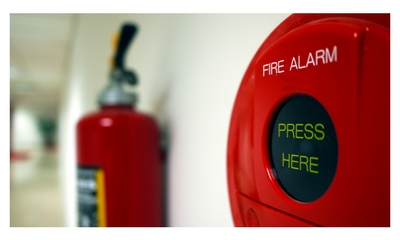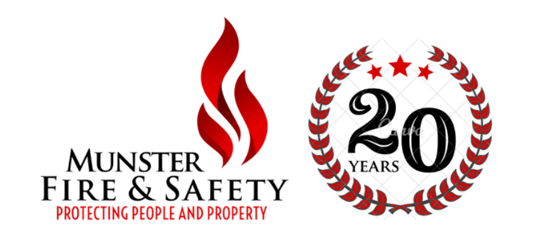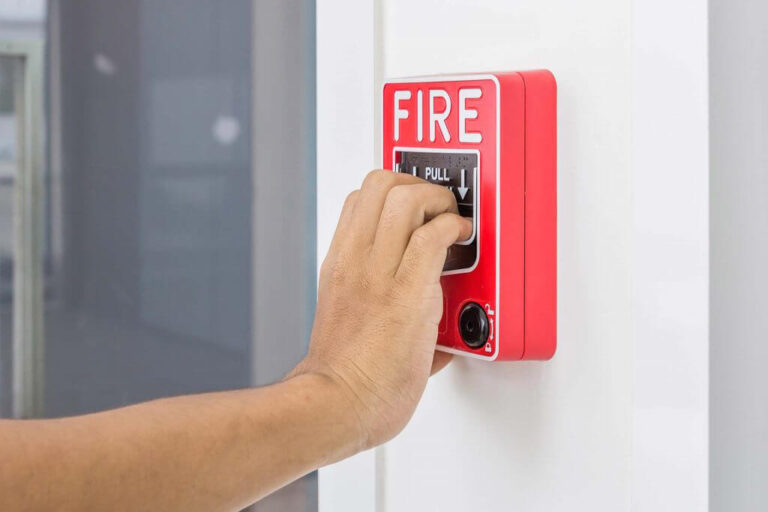The Irish standard for Fire Detection and Fire Alarm Systems for Buildings – System Design, Installation, Commissioning, Servicing and Maintenance IS:3218
The aim of this Irish Standard is to promote a wider understanding of the different types of fire detection and alarm systems as well as the modes of operation which may be employed. The idea is to create a uniform application to provide safety to human beings in the event of a fire, with due regard to the hazard level and degree of familiarity and alertness of occupants within particular buildings.

Our customers can benefit from our knowledge and competence in the servicing and maintenance of fire alarm systems – and the main points to note are listed below. To ensure reliability of your fire alarm system, regular and correct servicing is essential.
• The requirement for servicing your fire alarm system is a statutory requirement and independent of any other obligations of the installer under defects liability.
• Non-residential systems which have less than 4 detection zones incorporating 20 or less detection devices and call points can be serviced every 6 months. Systems with more than 4 detection zones and more than 20 detection devices and call points must be serviced quarterly. By the fourth test, all zones and call points will have been serviced.
• After the service, a Schedule of Servicing/Testing should be prominently displayed beside the system’s panel indicating the service provider, the service planning and confirming that the service has been carried out.
Testing/Servicing is carried out to make sure that:
• all detectors and manual call points are operating
• that the required sound levels are achieved – you could do this in conjunction with a fire drill
• batteries including reserves are tested and should be replaced within their period of service life as stipulated by the manufacturer
• the alarm functions of the control equipment are operating. Fault indicators and their circuits shall be checked and the control equipment should be visually inspected for signs of moisture ingress or other deterioration.
• that all cable fittings and equipment are secure, undamaged and adequately protected.
• Log books should be updated to reflect the service.

